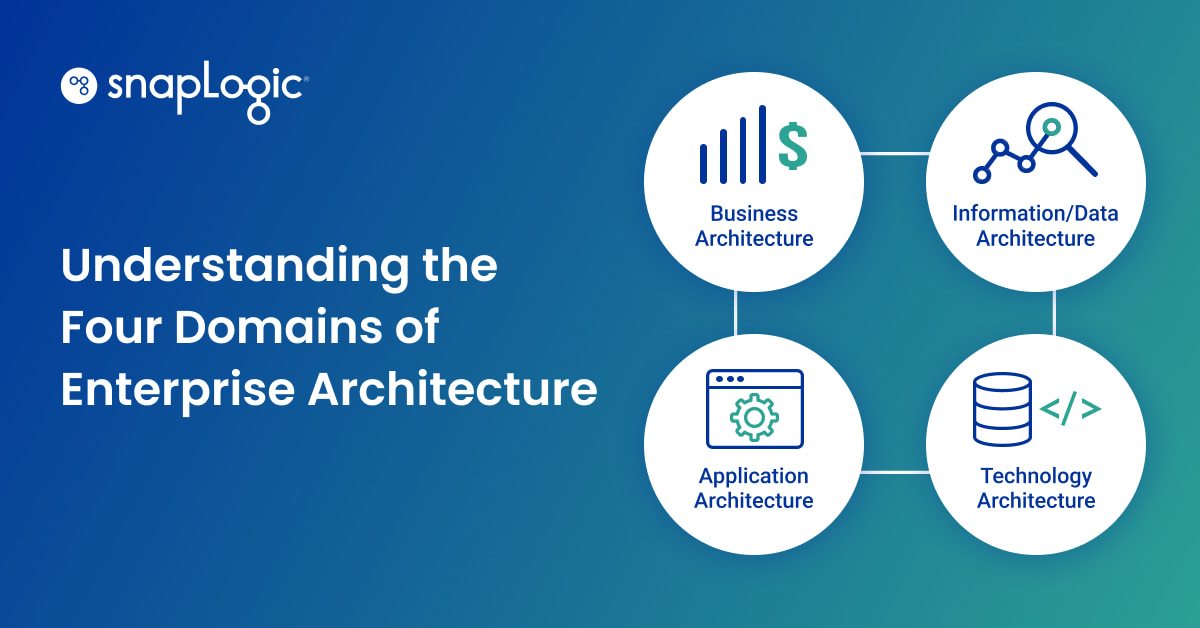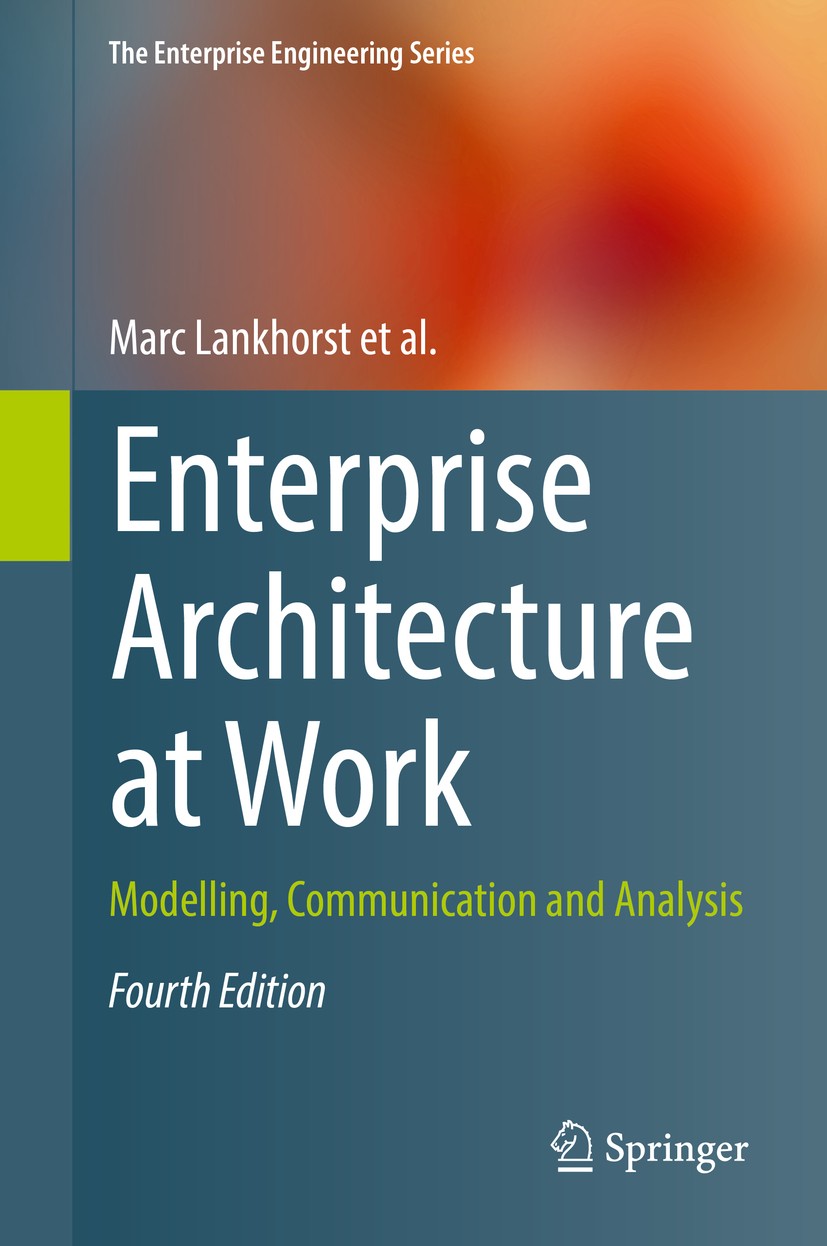Introduction: Embracing Change in the Business Landscape
In today's rapidly changing world, businesses must adapt and evolve to stay competitive. One crucial aspect of this adaptation is the future of enterprise architecture. As technology advances at an exponential rate and customer expectations continue to shift, enterprise architecture is becoming more critical than ever before. In this article, we will explore the role of enterprise architecture in navigating the challenges of a rapidly changing world and discuss how organizations can leverage enterprise architecture tools and solutions to stay ahead.
The Importance of Enterprise Architecture in a Dynamic Environment
Enterprise architecture serves as a blueprint for an organization's IT infrastructure and operations. It provides a holistic view of the entire organization, aligning business goals with technology capabilities. In a rapidly changing world, where new technologies emerge regularly, enterprise architecture plays a vital role in ensuring that businesses remain agile and adaptable.
Enabling Innovation and Transformation
As companies face disruption from digital transformation, enterprise architecture enables innovation by providing a structured approach to implementing new technologies. By aligning business processes with technology solutions, enterprise architects can identify opportunities for improvement and streamline operations.
Enhancing Efficiency and Cost Optimization
In a rapidly changing world, businesses often struggle with managing complex IT landscapes. Enterprise architecture tools offer valuable insights into applications, systems, and infrastructure components, enabling organizations to optimize their resources effectively. By leveraging these insights, companies can reduce costs while improving efficiency.
Facilitating Collaboration and Communication
Enterprise architects act as facilitators between different business units within an organization. They bridge the gap between technical teams and business stakeholders, ensuring effective communication and collaboration. In a rapidly changing world where agility is key, enterprise architects play a vital role in fostering cross-functional collaboration.
The Role of Solution Architecture Management in Navigating Change
Solution Architecture Management (SAM) is an integral part of enterprise architecture that focuses on designing and managing individual technology solutions within an organization. In a rapidly changing world, SAM becomes even more critical as businesses strive to stay ahead of the curve.
Streamlining Solution Delivery
SAM ensures that technology solutions are aligned with business objectives and delivered efficiently. By leveraging enterprise architecture tools and methodologies, solution architects can design robust and scalable solutions that meet the evolving needs of the organization.
Adapting to Changing Environments
In a rapidly changing world, solution architects must be able to adapt quickly to new technologies and market trends. By staying abreast of emerging technologies and industry best practices, solution architects can ensure that their solutions remain relevant and effective.
Ensuring Security and Compliance
With the increasing prevalence of cyber threats, security is a top concern for organizations in a rapidly changing world. Solution architects play a crucial role in designing secure and compliant systems that protect sensitive data and mitigate risks.
Leveraging Enterprise Architecture Tools for Success
Enterprise architecture tools provide organizations with the necessary capabilities to navigate a rapidly changing world effectively. These tools offer a range of features that enable organizations to manage their enterprise architecture effectively.
Application Portfolio Management (APM) Tools
Check over hereApplication Portfolio Management tools allow organizations to gain visibility into their application landscape. By providing insights into application dependencies, usage patterns, and maintenance costs, APM tools help organizations make informed decisions about application rationalization and modernization.

ServiceNow Application Portfolio Management
ServiceNow's Application Portfolio Management (APM) tool is one such solution that helps organizations optimize their application portfolios. With its robust features like portfolio analysis, risk assessment, and cost optimization, ServiceNow APM enables businesses to align their applications with strategic objectives.
Solution Architecture Tools
Solution Architecture tools provide organizations with the necessary capabilities to design, document, and communicate technology solutions effectively. These tools streamline the process of solution design by providing templates, frameworks, and collaboration features.
FAQs
1. What is enterprise architecture? Enterprise architecture refers to the practice of designing and managing an organization's IT infrastructure and operations. It aligns business goals with technology capabilities to ensure efficient and effective operations.
2. How does enterprise architecture help in a rapidly changing world? In a rapidly changing world, enterprise architecture enables organizations to stay agile and adaptable. By providing a holistic view of the organization and aligning business processes with technology solutions, enterprise architecture helps businesses navigate change successfully.
3. What is Solution Architecture Management (SAM)? Solution Architecture Management focuses on designing and managing individual technology solutions within an organization. It ensures that technology solutions are aligned with business objectives and delivered efficiently.
4. How do Enterprise Architecture tools enhance efficiency? Enterprise architecture tools provide insights into applications, systems, and infrastructure components, enabling organizations to optimize their resources effectively. This optimization leads to enhanced efficiency and cost savings.
5. What is Application Portfolio Management (APM)? Application Portfolio Management involves managing an organization's portfolio of applications. APM tools provide insights into application dependencies, usage patterns, and maintenance costs, helping organizations make informed decisions about application rationalization and modernization.
6. How can ServiceNow APM tools benefit organizations? ServiceNow APM tools offer features like portfolio analysis, risk assessment, and cost optimization, enabling organizations to align their applications with strategic objectives effectively. These tools help businesses optimize their application portfolios for improved efficiency and agility.
Conclusion: Embracing the Future with Enterprise Architecture
In a rapidly changing world, enterprise architecture is no longer a luxury but a necessity for businesses striving to stay competitive. By embracing enterprise architecture practices and leveraging the right tools like ServiceNow APM and solution architecture tools, organizations can navigate change successfully while optimizing efficiency and cost-effectiveness.
As technologies continue to evolve at an unprecedented pace, it is crucial for businesses to invest in robust enterprise architecture frameworks that enable them to adapt quickly. By doing so, organizations can position themselves as leaders in their industries and harness the power of technology to drive innovation and growth in a rapidly changing world.
So, embrace the future with enterprise architecture and empower your organization to thrive in a rapidly changing world. The future is yours to shape, and enterprise architecture is the key to unlocking its full potential.
